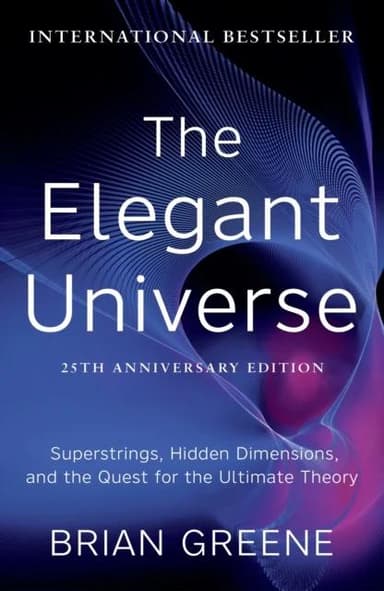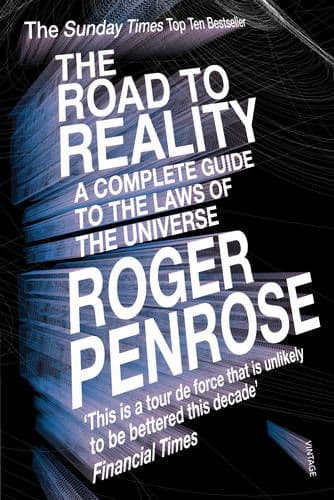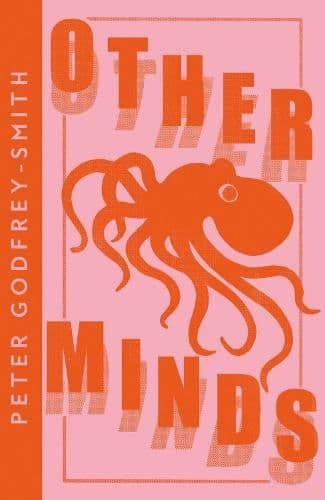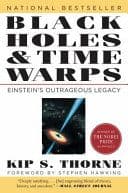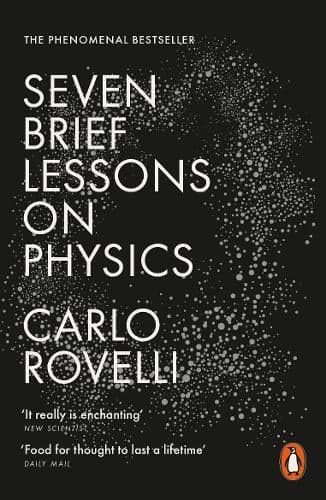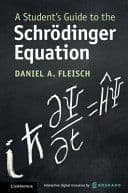
A Brief History of Time:
From the Big Bang to Black Holes
Was there a beginning of time? Could time run backwards? Is the universe infinite or does it have boundaries?
DIFFICULTY
intermediate
PAGES
272
READ TIME
≈ 420 mins
DIFFICULTY
intermediate
PAGES
272
READ TIME
≈ 420 mins
About A Brief History of Time
Does the universe have a beginning? Does it run on knowable laws, and may it yet yield a single, coherent description?
Stephen Hawking invites you to join that investigation—from ancient skywatchers to relativity and quantum theory—without drowning in equations. He sketches their uneasy truce, then ventures into singularities and black holes, including his radical claim that they glow and slowly evaporate.
Along the universe's passage come the Big Bang and inflation, the expansion of space, entropy’s arrow of time, and the delicate role of observation and probability. Hawking uses clean metaphors and thought experiments to turn abstract maths into graspable pictures.
A Brief History of Time reframes what “time” means, shows how science builds truth from models, and gives you a lucid toolkit for thinking about reality—from free will to the fate of the cosmos.
What You'll Learn
- The Big Bang and the expanding universe
- How general relativity and quantum mechanics describe nature
- What black holes are and why they can emit radiation
- Entropy, the arrow of time, and why time seems to flow
- The quest for a unified theory and its implications
Key Takeaways
- The universe has a finite, dynamic origin
- Space-time is curved and evolving
- Black holes can emit radiation
- Entropy gives time its arrow
- Science advances via testable models
More in natural-science
